- Browse
- Biostatistics
Biostatistics Courses
Biostatistics courses can help you learn statistical methods for analyzing health data, experimental design, and epidemiological principles. You can build skills in interpreting data sets, conducting hypothesis testing, and applying regression techniques to real-world health scenarios. Many courses introduce tools like R and SAS, that support performing complex analyses and visualizing data trends in public health research.
Popular Biostatistics Courses and Certifications
 Status: Free TrialFree TrialJ
Status: Free TrialFree TrialJJohns Hopkins University
Skills you'll gain: Biostatistics, Statistical Hypothesis Testing, Regression Analysis, Sampling (Statistics), Statistical Methods, Statistical Visualization, Statistical Analysis, Epidemiology, Medical Science and Research, Quantitative Research, Descriptive Statistics, Statistical Inference, Data Literacy, Probability Distribution, Scientific Methods, Statistics, Statistical Modeling, Data Analysis, Probability & Statistics, Public Health
4.8·Rating, 4.8 out of 5 stars2.4K reviewsBeginner · Specialization · 3 - 6 Months
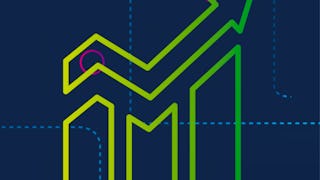 Status: Free TrialFree TrialI
Status: Free TrialFree TrialIImperial College London
Skills you'll gain: Analytical Skills, Correlation Analysis, Regression Analysis, Sampling (Statistics), Statistical Hypothesis Testing, Data Literacy, R (Software), Data Analysis, R Programming, Descriptive Statistics, Statistical Modeling, Biostatistics, Exploratory Data Analysis, Statistical Analysis, Statistical Methods, Statistics, Public Health, Statistical Inference, Probability & Statistics, Time Series Analysis and Forecasting
4.7·Rating, 4.7 out of 5 stars2.1K reviewsBeginner · Specialization · 3 - 6 Months
 Status: PreviewPreviewS
Status: PreviewPreviewSStanford University
Skills you'll gain: Descriptive Statistics, Statistics, Statistical Methods, Sampling (Statistics), Statistical Analysis, Data Analysis, Statistical Modeling, Statistical Hypothesis Testing, Regression Analysis, Statistical Inference, Probability, Exploratory Data Analysis, Quantitative Research, Probability Distribution
4.6·Rating, 4.6 out of 5 stars4.2K reviewsBeginner · Course · 1 - 3 Months
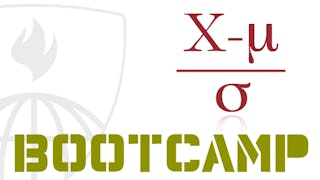 Status: Free TrialFree TrialJ
Status: Free TrialFree TrialJJohns Hopkins University
Skills you'll gain: Sampling (Statistics), Bayesian Statistics, Probability & Statistics, Statistical Inference, Statistical Methods, Statistics, Probability, Probability Distribution, Statistical Analysis, Biostatistics, Statistical Hypothesis Testing
4.4·Rating, 4.4 out of 5 stars531 reviewsMixed · Course · 1 - 4 Weeks
 Status: Free TrialFree TrialI
Status: Free TrialFree TrialIImperial College London
Skills you'll gain: Analytical Skills, Sampling (Statistics), Statistical Hypothesis Testing, Data Literacy, R (Software), Data Analysis, R Programming, Statistics, Public Health, Statistical Inference, Descriptive Statistics, Probability Distribution, Data Import/Export
4.7·Rating, 4.7 out of 5 stars1.5K reviewsBeginner · Course · 1 - 4 Weeks
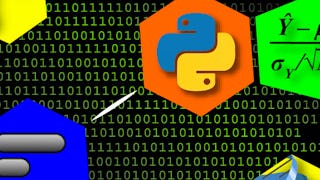 Status: Free TrialFree TrialJ
Status: Free TrialFree TrialJJohns Hopkins University
Skills you'll gain: Bioinformatics, Unix Commands, Biostatistics, Exploratory Data Analysis, Statistical Analysis, Unix, Data Science, Data Management, Statistical Methods, Command-Line Interface, Statistical Hypothesis Testing, Linux Commands, Data Analysis Software, Data Quality, Statistical Modeling, Data Structures, Data Analysis, Molecular Biology, R Programming, Python Programming
4.5·Rating, 4.5 out of 5 stars6.8K reviewsIntermediate · Specialization · 3 - 6 Months
What brings you to Coursera today?
 Status: Free TrialFree TrialJ
Status: Free TrialFree TrialJJohns Hopkins University
Skills you'll gain: Statistical Hypothesis Testing, Sampling (Statistics), Regression Analysis, Bayesian Statistics, Statistical Analysis, Probability & Statistics, Statistical Inference, Statistical Methods, Statistical Modeling, Linear Algebra, Probability, R Programming, Biostatistics, Data Science, Statistics, Probability Distribution, Mathematical Modeling, Data Analysis, Applied Mathematics, Predictive Modeling
4.4·Rating, 4.4 out of 5 stars781 reviewsAdvanced · Specialization · 3 - 6 Months
 Status: PreviewPreviewU
Status: PreviewPreviewUUniversity of Cape Town
Skills you'll gain: Biostatistics, Statistical Hypothesis Testing, Probability & Statistics, Diagnostic Tests, Clinical Research, Statistical Analysis, Quantitative Research, Statistics, Descriptive Statistics, Statistical Inference, Data Collection, Probability
4.8·Rating, 4.8 out of 5 stars3.7K reviewsBeginner · Course · 1 - 3 Months
 Status: Free TrialFree TrialU
Status: Free TrialFree TrialUUniversity of Amsterdam
Skills you'll gain: Statistical Hypothesis Testing, Statistics, Scientific Methods, Quantitative Research, Data Analysis Software
4.6·Rating, 4.6 out of 5 stars4.6K reviewsBeginner · Course · 1 - 3 Months
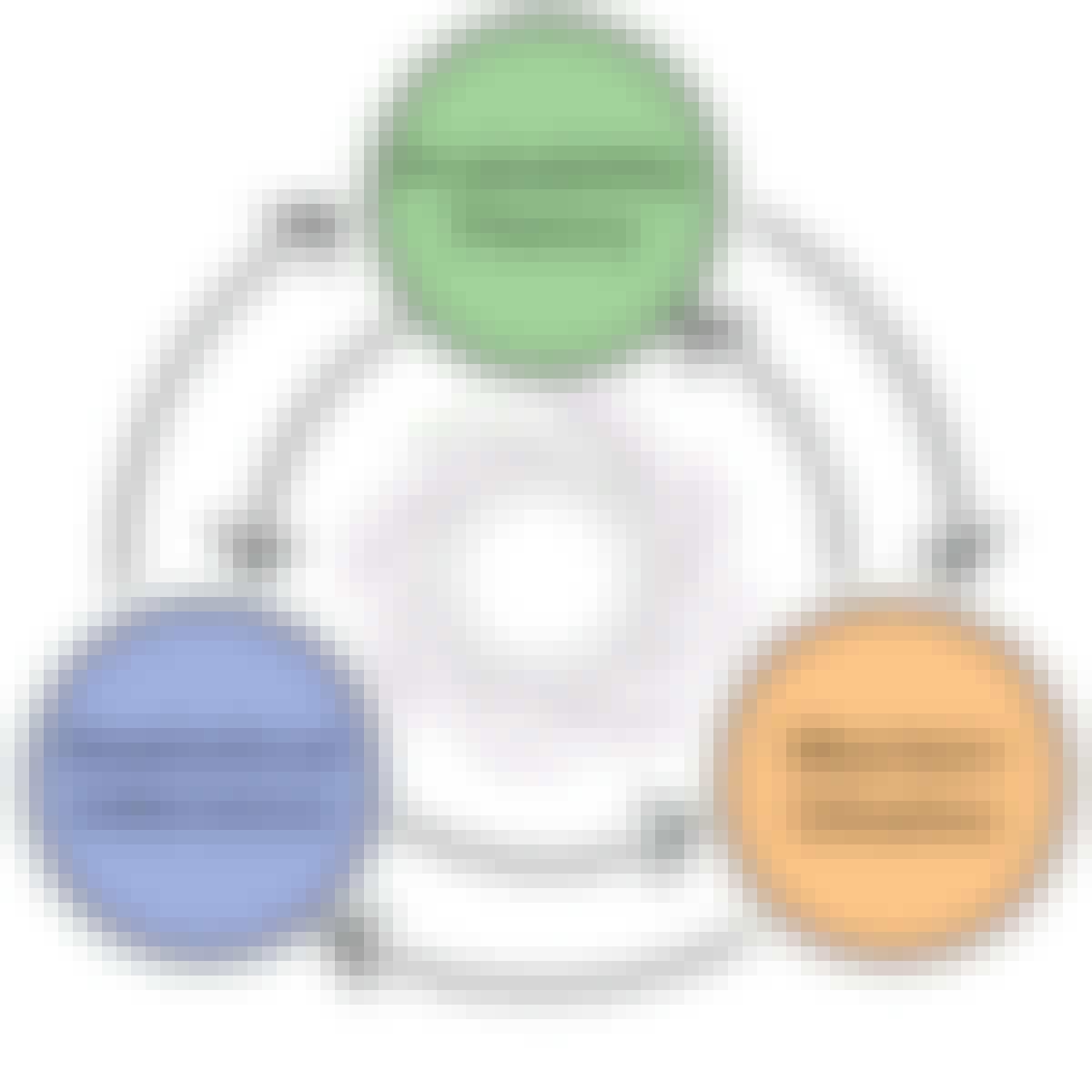 Status: NewNewStatus: Free TrialFree TrialU
Status: NewNewStatus: Free TrialFree TrialUUniversity of Colorado Boulder
Skills you'll gain: Probability, Estimation, Probability & Statistics, Probability Distribution, Markov Model, Statistical Methods, Statistical Inference, Bayesian Statistics, Sampling (Statistics), Statistical Analysis, Artificial Intelligence, Generative AI, Statistics, Data Analysis, Data Science, Descriptive Statistics, Machine Learning Algorithms, Mathematical Theory & Analysis
Build toward a degree
4.4·Rating, 4.4 out of 5 stars320 reviewsIntermediate · Specialization · 3 - 6 Months
 Status: Free TrialFree TrialJ
Status: Free TrialFree TrialJJohns Hopkins University
Skills you'll gain: Shiny (R Package), Rmarkdown, Regression Analysis, Exploratory Data Analysis, Statistical Inference, Predictive Modeling, Statistical Hypothesis Testing, Machine Learning Algorithms, Plotly, Interactive Data Visualization, Probability & Statistics, Data Presentation, Data Visualization, Feature Engineering, Statistical Analysis, Statistical Modeling, R Programming, Data Science, Machine Learning, GitHub
4.4·Rating, 4.4 out of 5 stars7.2K reviewsIntermediate · Specialization · 3 - 6 Months
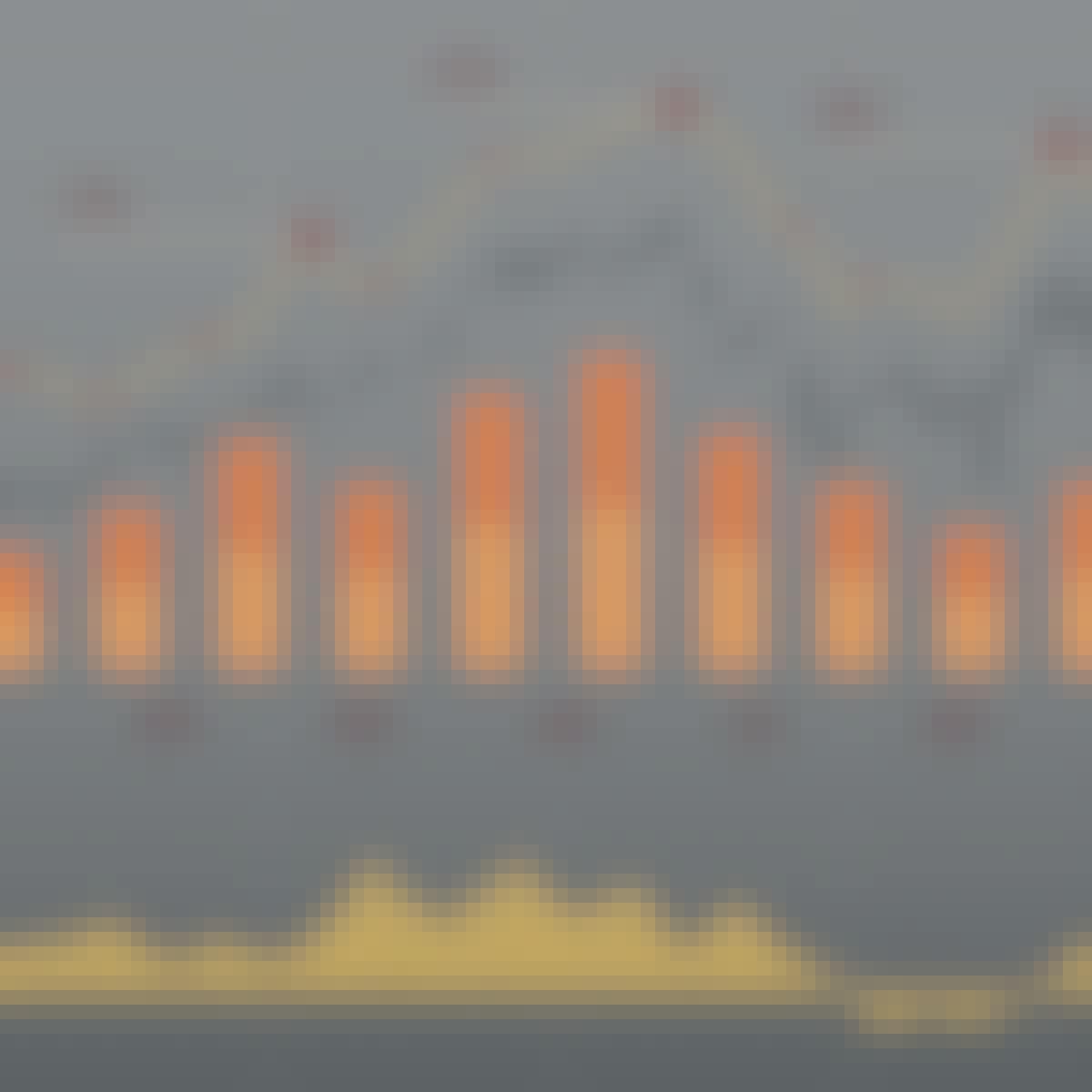 Status: Free TrialFree TrialA
Status: Free TrialFree TrialAArizona State University
Skills you'll gain: Experimentation, Sample Size Determination, Research Design, Regression Analysis, Statistical Analysis, Statistical Methods, Data Analysis Software, Statistical Modeling, Design Strategies, Statistical Software, Probability & Statistics, Mathematical Modeling, Analysis, Data Transformation, Descriptive Statistics, Probability Distribution, Statistical Hypothesis Testing, Variance Analysis, Data Analysis, Quality Control
4.7·Rating, 4.7 out of 5 stars375 reviewsBeginner · Specialization · 3 - 6 Months
In summary, here are 10 of our most popular biostatistics courses
- Biostatistics in Public Health: Johns Hopkins University
- Statistical Analysis with R for Public Health: Imperial College London
- Introduction to Statistics: Stanford University
- Mathematical Biostatistics Boot Camp 1: Johns Hopkins University
- Introduction to Statistics & Data Analysis in Public Health: Imperial College London
- Genomic Data Science: Johns Hopkins University
- Advanced Statistics for Data Science: Johns Hopkins University
- Understanding Clinical Research: Behind the Statistics: University of Cape Town
- Basic Statistics: University of Amsterdam
- Foundations of Probability and Statistics: University of Colorado Boulder
Frequently Asked Questions about Biostatistics
Browse the biostatistics courses below—popular starting points on Coursera.
- Introduction to Statistics: Stanford University
- Mathematical Biostatistics Boot Camp 1: Johns Hopkins University
- Understanding Clinical Research: Behind the Statistics: University of Cape Town
- Introduction to Statistics & Data Analysis in Public Health: Imperial College London
- Doing Clinical Research: Biostatistics with the Wolfram Language: University of Cape Town
Biostatistics courses cover a range of topics essential for understanding and applying statistical methods to biological and health sciences. These include the basics of statistical theory, probability, and data analysis. Learners will explore topics such as hypothesis testing, regression analysis, and experimental design. Advanced courses might cover areas like survival analysis, longitudinal data analysis, and the use of statistical software such as R and SAS. Practical exercises and real-world case studies help learners apply these concepts to biological and medical research.
Choosing the right biostatistics course depends on your current skill level and career aspirations. Beginners should look for courses that cover the basics of statistics, probability, and introductory data analysis techniques. Those with some experience might benefit from intermediate courses focusing on regression analysis, hypothesis testing, and the use of statistical software. Advanced learners or professionals seeking specialized knowledge might consider courses on advanced biostatistical methods, survival analysis, or preparing for certifications like Certified Biostatistician (CB). Reviewing course content, instructor expertise, and learner feedback can help ensure the course aligns with your goals.
A certificate in biostatistics can open up various career opportunities in the fields of public health, medical research, and pharmaceuticals. Common roles include biostatistician, data analyst, clinical research coordinator, and epidemiologist. These positions involve designing experiments, analyzing biological data, interpreting research results, and contributing to the development of medical and health policies. With the increasing importance of data-driven decision-making in healthcare and biological sciences, earning a certificate in biostatistics can significantly enhance your career prospects and opportunities for advancement in fields such as academia, government health agencies, and the pharmaceutical industry.










